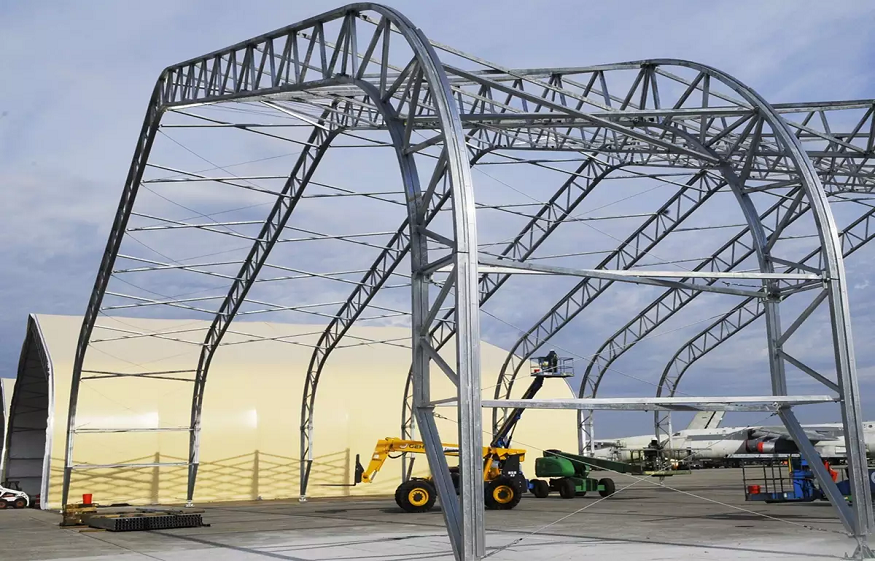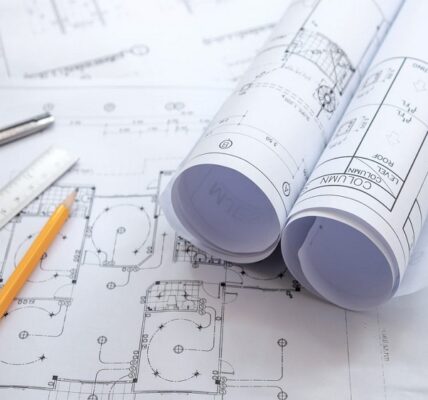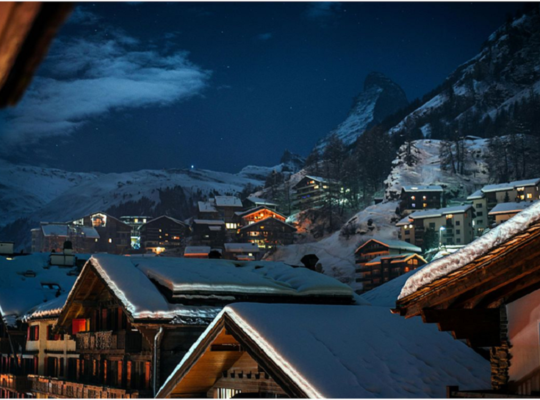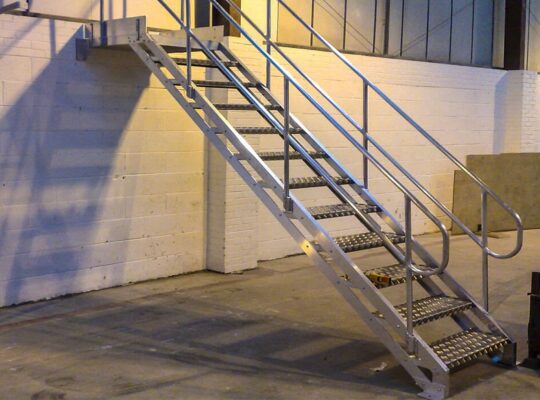When it comes to constructing farm buildings, choosing the right material is crucial for durability, cost-effectiveness, and overall functionality. In recent years, steel farm buildings have gained significant popularity among farmers and agricultural businesses. These modern structures offer a range of advantages over traditional building materials like wood or concrete. In this article, we will explore the benefits of steel farm buildings and highlight the key differences between steel structures and their traditional counterparts.
Advantages of Steel Farm Buildings
1. Strength and Durability
One of the primary advantages of steel farm buildings is their exceptional strength and durability. Steel is a robust material that can withstand harsh weather conditions, including heavy snow, strong winds, and even earthquakes. Unlike traditional structures, which may be prone to rot, warping, or termite damage, steel buildings provide long-lasting protection for your farm equipment, livestock, and crops. With proper maintenance, steel structures can serve your farming needs for decades.
2. Versatility in Design
Steel farm buildings offer immense flexibility in design, allowing farmers to customize the structures to their specific requirements. Whether you need a barn, storage facility, riding arena, or workshop, steel buildings can be tailored to accommodate various functions. Their modular construction allows for easy expansion or modification in the future as your farming operations evolve. Moreover, steel structures can be designed to integrate insulation, ventilation systems, and natural lighting, optimizing the comfort and productivity of your farm.
3. Cost-Effectiveness
When it comes to cost-effectiveness, steel farm buildings have a clear advantage. Compared to traditional materials, steel is often more affordable, making it an attractive choice for farmers working within budget constraints. Additionally, the construction process of steel buildings is faster and more efficient, reducing labor costs. Moreover, steel structures require minimal maintenance, resulting in long-term cost savings. Their resistance to pests, fire, and deterioration ensures that you won’t have to invest significant time and money in repairs or replacements.
4. Sustainability and Eco-friendliness
In today’s world, sustainability is a top priority for many farmers. Steel farm buildings align well with this objective, as steel is a highly recyclable material. Using steel structures helps reduce waste and promote environmental stewardship. Additionally, steel buildings can be designed to maximize energy efficiency by incorporating insulation and energy-saving features. These eco-friendly aspects not only contribute to a greener environment but also help farmers lower their energy bills over time.
Differences between Steel Farm Buildings and Traditional Structures
1. Construction Time
One notable difference between steel farm buildings and traditional structures lies in the construction time. Steel buildings are typically pre-engineered, which means that the components are manufactured off-site and then assembled on the farm. This prefabricated approach significantly reduces construction time and minimizes on-site disruptions. In contrast, traditional structures often require extensive on-site construction, which can be time-consuming and may cause delays due to weather or labor availability.
2. Maintenance and Longevity
Steel farm buildings have the upper hand when it comes to maintenance and longevity. As mentioned earlier, steel is highly resistant to pests, rot, and deterioration. This inherent durability translates to lower maintenance requirements and prolonged lifespan. Traditional structures, on the other hand, may require regular maintenance, such as painting, sealing, or pest control, to ensure their longevity.
3. Flexibility and Adaptability
Steel farm buildings offer greater flexibility and adaptability compared to traditional structures. The modular design of steel buildings allows for easy expansion, modification, or relocation in the future. This flexibility is especially beneficial for farmers who anticipate changes in their operations, such as the need for additional storage space or the inclusion of new equipment. Traditional structures, being more rigid in their construction, may not offer the same level of adaptability without significant reconstruction or renovation.
4. Aesthetics
While beauty is often in the eye of the beholder, it’s worth mentioning that steel farm buildings offer a sleek and modern aesthetic. The clean lines and contemporary appearance of steel structures can enhance the overall visual appeal of your farm. Traditional structures, on the other hand, may have a more rustic or traditional charm. The choice between the two depends on personal preferences and the desired visual integration with the surrounding environment.
Conclusion
Steel farm buildings have revolutionized the agricultural industry, offering numerous advantages over traditional structures. From their exceptional strength and durability to their versatility in design and cost-effectiveness, steel buildings provide farmers with a superior alternative for their construction needs. With their sustainability, reduced maintenance requirements, and adaptability, steel farm buildings prove to be a wise investment for the future. As the agricultural landscape evolves, steel structures will continue to play a crucial role in supporting the growth and success of modern farming operations.
Looking to upgrade your farm structures? Consider the many benefits of steel farm buildings offered by Coastal Steel Structures.










